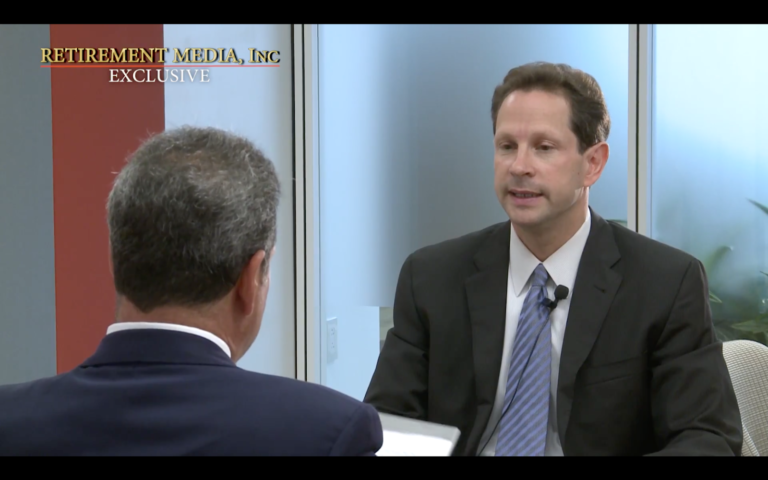When President Trump signed the SECURE Act into law in December of 2019, saving for retirement received a boost from Washington’s legislators. While some aspects of the law adversely affect seniors and their beneficiaries, the law is seen as a victory for the working class. Similarly to IRAs and other retirement plans, 401(k) plans have a number of updated rules and regulations due to the SECURE Act.
First and foremost, many of regulations that specifically applied to individual retirement accounts also apply to 401(k) plans. This includes raising the required minimum distribution age to 72 years old – a 1 ½ year increase from the previous RMD age. The SECURE Act also made updates to how an individual can pass a retirement account onto a beneficiary. Individuals with a 401(k) beneficiary will have to follow the new 10-year rule depending on their classification as a beneficiary. 401(k) plans typically operate differently than IRA accounts when naming a beneficiary, such as, a married individual must name their spouse as their beneficiary.
Under the rules of the SECURE Act, a spouse is considered an eligible designated beneficiary so long as they are no more than 10 years younger than the owner. Leaving a 401(k) to a non-spouse beneficiary would require the benefactor to remove the funds within ten years following the account owner’s year of death – if the owner dies in 2020, the non-eligible beneficiary would have until 2031 to close the account.
The SECURE Act also made changes to 401(k) contributions. After the first year of enrollment, an individual can invest up to 15% of their paycheck into a 401(k) plan. This is an increase from the original 10% contribution cap that was in place prior to the SECURE Act becoming law. Therefore, an individual may contribute 10% of their paycheck in the first year of employment, and 15% in each year following. This extra 5% for contributions is a significant benefit for working class individuals.
On top of increasing the contribution cap for 401(k) investments, the SECURE Act also expands access for employers to offer retirement plans to their employees. This includes individuals who work part-time for a company andreach a certain threshold of hours each year over a determined period of time. Currently, a part-time employee would have to work a minimum of 500 hours consistently for three years, while also being above the age of 21; or, work a minimum of 1,000 hours for one year while being 21 or older. When meeting that criteria, they would be eligible for a 401(k) plan through their place of employment. With that said, if an individual meets the requirements by working a minimum of 500 hours for 3 years, the employer may elect not to make matching contributions to the part-time employee’s plan.
Seen as a victory for small businesses, unrelated employers can elect to join together to offer a pooled employer plan, which would allow them to offer retirement benefits such as a 401(k) to their employees. Further, for employers who offer lifetime generating income annuities – of which there are few – safe-harbour regulations in the SECURE Act eliminates the liability of the employer for offering in-plan annuities in 401(k) plans and places the fiduciary responsibility on the group providing the annuity. While in-plan annuities are often viewed as controversial, the act seeks to expand access for individuals who want to provide them as benefits for their employees.
Finally, the SECURE Act allows parents to withdraw funds from a retirement account, such as a 401(k), up to $5,000 in the first year of giving birth to a child, or adopting. This money may be subject to taxes, but the money will not be penalized to cover expenses. The money that is withdrawn can also be paid back into the retirement account.
Ultimately, the SECURE Act has beneficial aspects that aim to assist the working class, part-time employees, and parents with expenses by expanding access to retirement accounts. Some of the provisions in the law, such as regulations for part-time employees do not go into effect until the 2020 calendar year is over. Thus beginning in 2021, part-time employees can start accumulating the necessary hours to meet the criteria to be eligible for a retirement 401(k) plan through their employer. Most of the SECURE Act has only been in effect for one month, so there is much left to be seen about how the law will shape retirement planning.



















